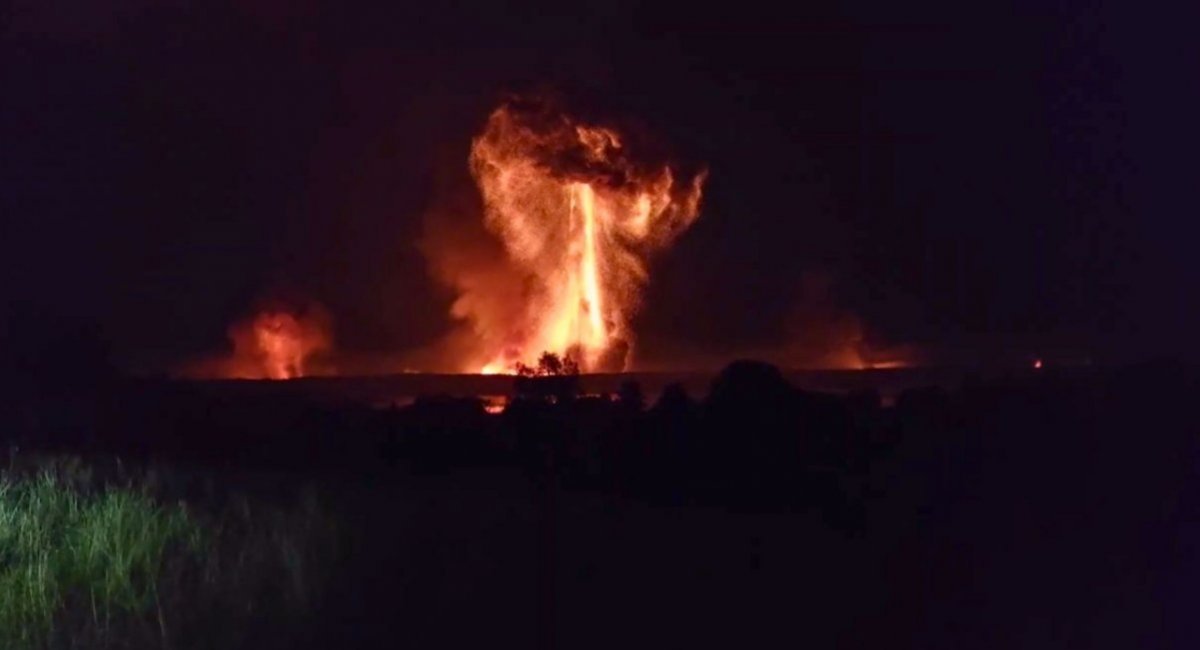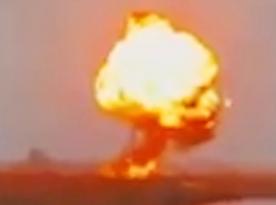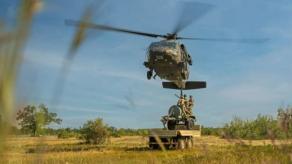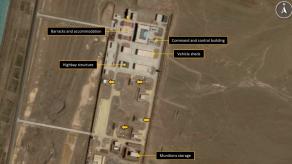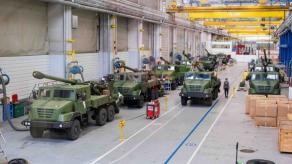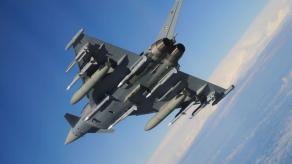The intensity of artillery fire from russian invasion forces in Ukraine has significantly decreased following a series of drone strikes on large ammunition depots inside russian territory, according to Lieutenant General Ivan Havryliuk, First Deputy Minister of Defense of Ukraine.
In an interview with RBC-Ukraine, Havryliuk revealed that the current artillery fire ratio between Ukrainian and russian forces is about 1:2. This marks an improvement from early summer 2024, when the ratio was 1:3, and even more so compared to the beginning of the year, when the ratio heavily favored russia at 1:7, 1:8, or worse.
Read more: Assessment of Other Key GRAU Arsenals As Big as in Toropets Within Ukraine's Reach
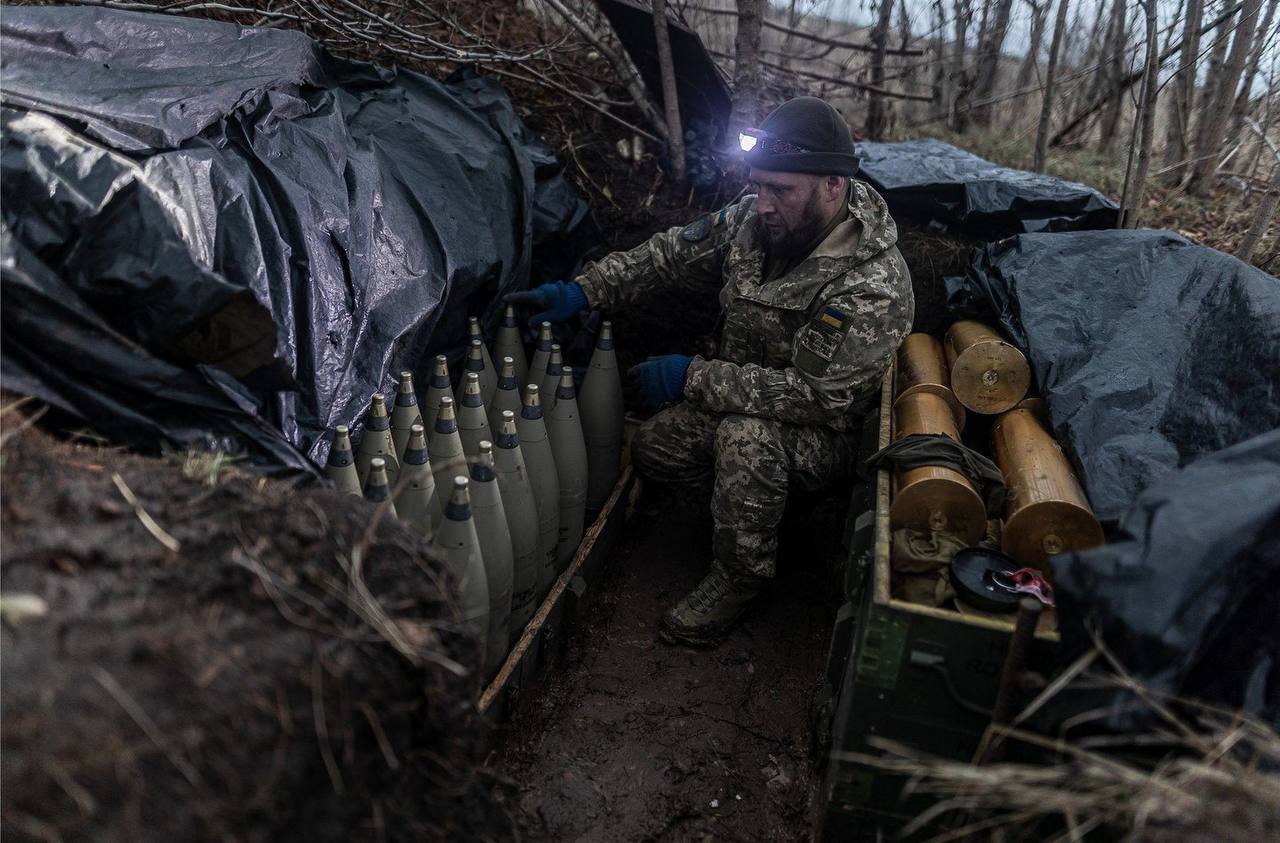
Data from Commander-in-Chief of the Ukrainian Armed Forces, Oleksandr Syrskyi, included in a report presented August 20, 2024, allows for an estimate of russia’s current daily ammunition expenditure.
During the summer of 2024, when the fire ratio was 1:3, russia used approximately 45,000 shells per day. Based on the current ratio of 1:2, it is estimated that russian forces are now firing around 30,000 shells daily, assuming Ukraine continues to use about 15,000 shells a day as before.
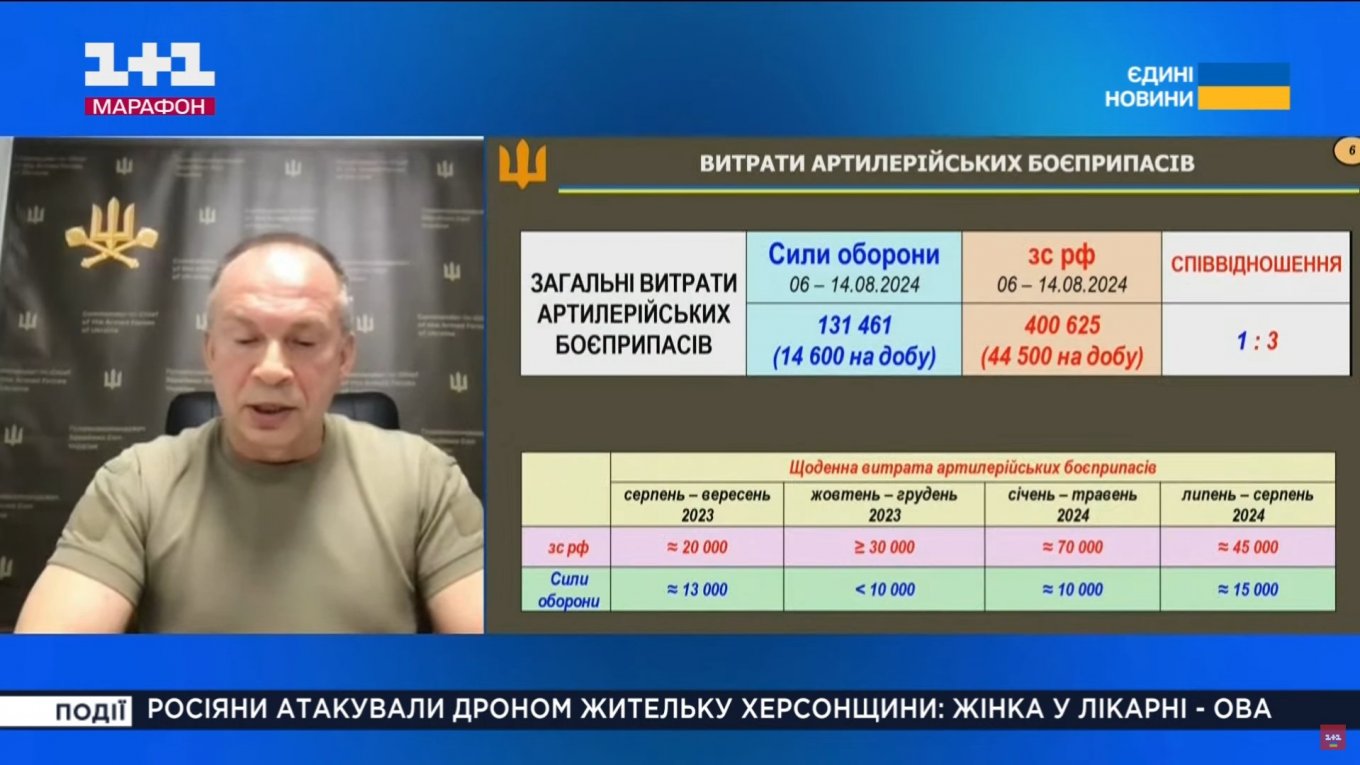
Artillery is the backbone of russia’s offensive and defensive capabilities, so reducing russia's artillery superiority is critical for shifting the dynamics on the frontline.
Deputy Minister Havryliuk believes this reduction in russian firepower is attributed directly to Ukraine’s drone strikes on russian ammunition depots between September 18 and October 9. One of the most impactful strikes occurred in mid-September, when aerial suicide drones hit the 107th Arsenal of the Main Missile and Artillery Directorate (GRAU), a massive facility spanning 5 square kilometers. The explosions were so powerful that they caused a small earthquake.
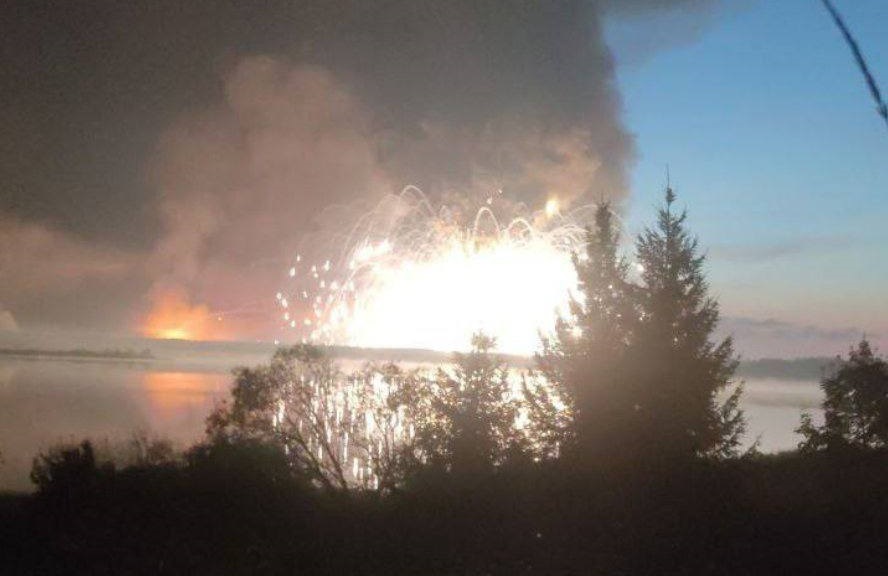
In the following days, drones targeted the 23rd GRAU Arsenal and the 719th Base of artillery ammunition. While the 23rd Arsenal was only half the size of the previous one at 2.6 square kilometers, it still housed a significant stockpile. The 719th Base, though not officially a GRAU arsenal, played a huge role in supplying russian forces in Ukraine, with ammunition stored at a density exceeding permitted limits.
The final strike of this campaign took place on October 9, targeting the 67th GRAU Arsenal, which covers 3.5 square kilometers. The extent of the damage is not fully known, but given the size of the facility, the impact is likely considerable as well.
In just two weeks, Ukraine’s drone strikes on these key russian ammunition depots have yielded more tangible results than two years of economic sanctions against russia. Even Western experts are skeptical about the approach aiming to cut russian access to core electronics instead of focusing efforts on disrupting a specific supply chain, like the artillery barrel production.
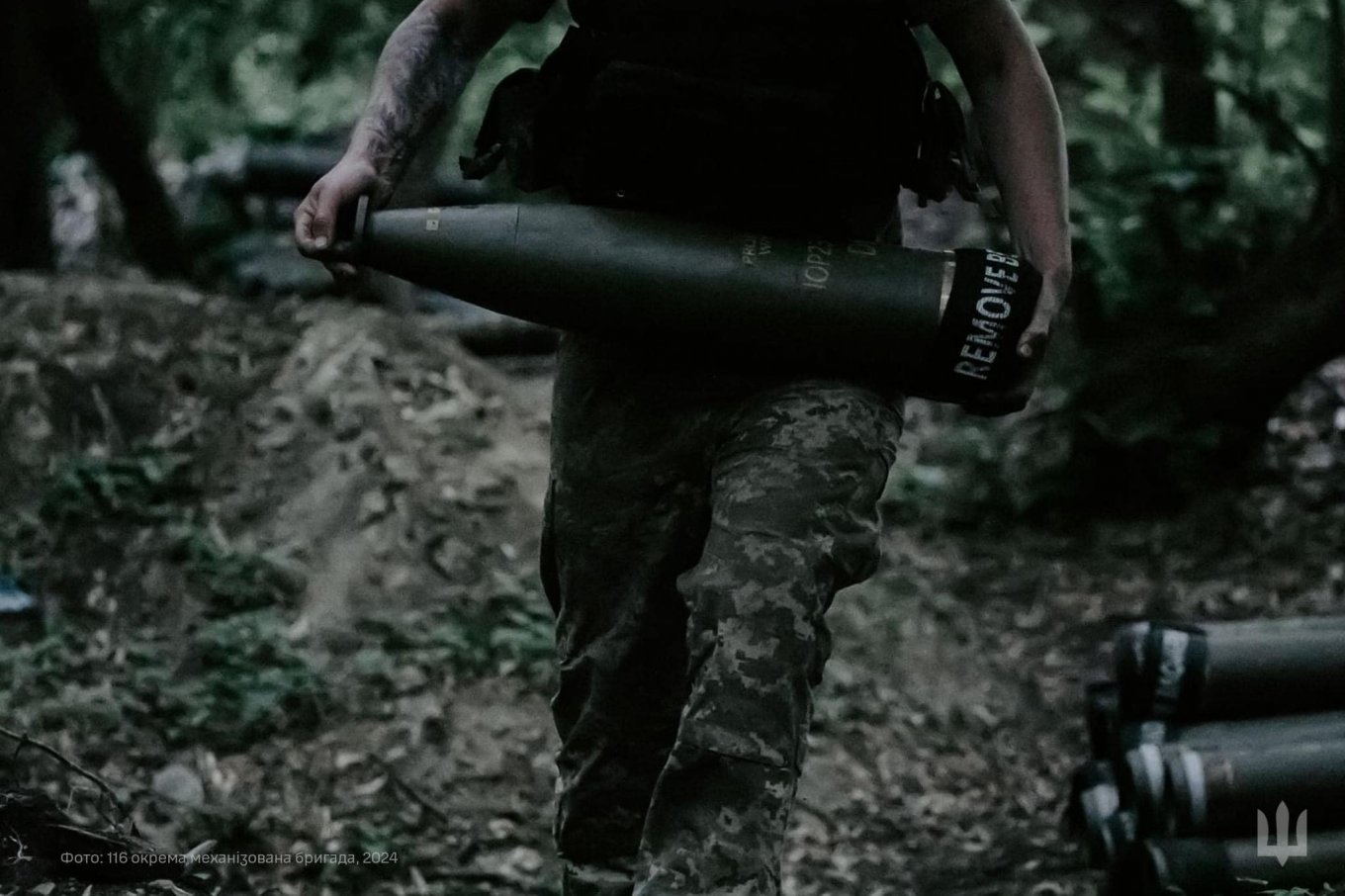
Read more: Artillery Barrel Production in russia: Structure, Importance, and Weak Points



